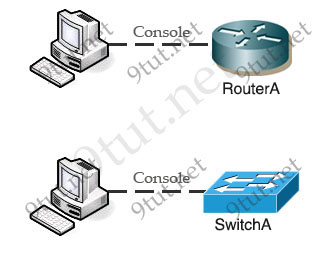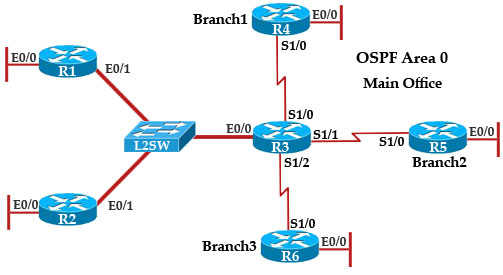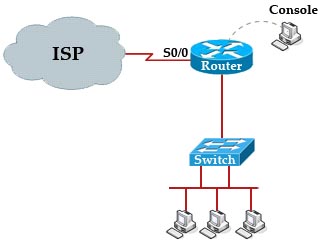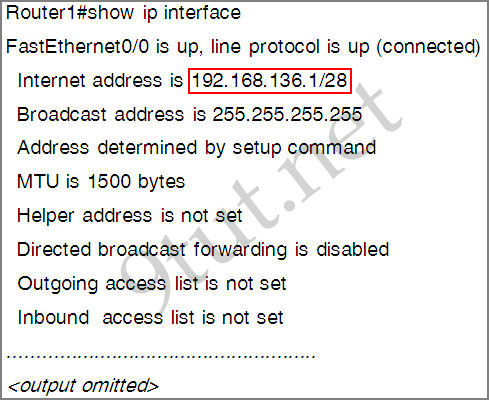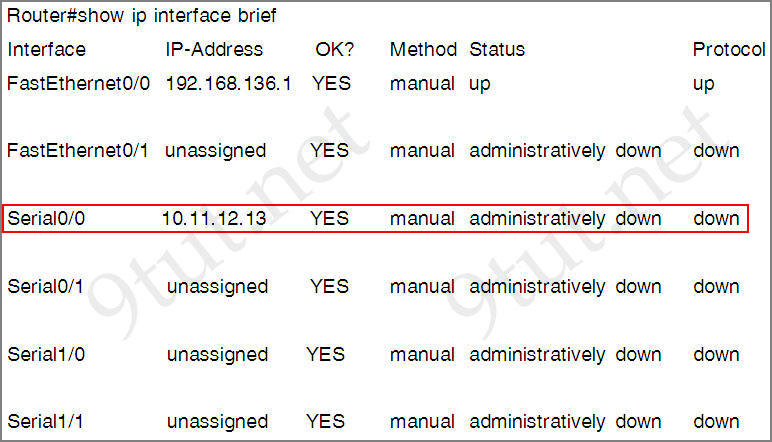Question 1
Explanation
CSMA/CD stands for Carrier Sense Multiple Access with Collision Detection. In an Ethernet LAN, before transmitting, a computer first listens to the network media. If the media is idle, the computer sends its data. If the media is not idle (another station is talking), the computer must wait for some time.
When a station transmits, the signal is referred to as a carrier. Carrier Sense means that before a station can send data onto an Ethernet wire, it have to listen to see if another “carrier” (of another station) is present. If another station is talking, this station will wait until there is no carrier present.
Multiple Access means that stations can access the network at any time. It is opposed to Token-Ring network where a station must have the “token” so that it can send data.
Although Carrier Sense help two stations not send data at the same time but sometimes two stations still send data at the same time! This is because two stations listen for network traffic, hear none, and transmit simultaneously -> a collision occurs and both stations must retransmit at some later time.Collision Detection is the ability of the media to detect collisions to know that they must retransmit.
Basically, the CSMA/CD algorithm can be summarized as follows:
+ A device that wants to send a frame must wait until the LAN is silent (no one is “talking”)
+ If a collision still occurs, the devices that caused the collision wait a random amount of time and then try to send data again.
+ If a collision still occurs, the devices that caused the collision wait a random amount of time and then try to send data again.
Note: A switch separates each station into its own collision domain. It means that station can send data without worrying its data is collided with the data of other stations. It is as opposed to a hub which can cause collision between stations connected to it.
Question 2
Explanation
Only two commands “show interfaces” and “show ip interface brief” reveal the status of router interfaces (up/up, for example).
The outputs of two commands are shown below:
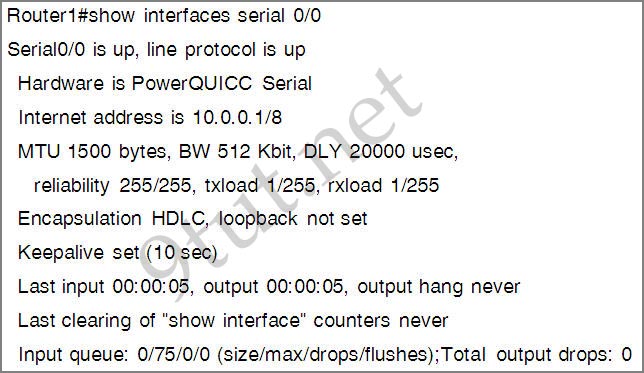
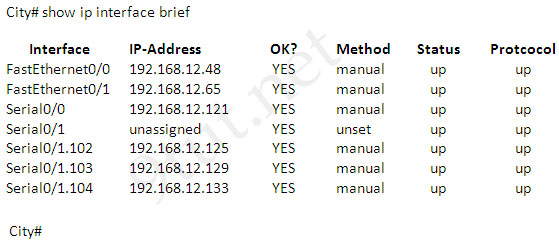
Question 3
Explanation
HTTP is based on TCP connection so a TCP connection must be established first between the workstation and the web server.
Question 4
Explanation
Hubs do not separate collision domains so if hub is used in the topology above, we will have only 1 collision domain. Switches do separate collision domains so if hubs are replaced by switches, we would have 22 collision domains (19 collision domains for hosts and 3 collision domains among three switches. Please notice that the WAN (serial) connection is not counted as a collision (or broadcast) domain.
Question 5
Explanation
A broadcast storm can cause congestion within a network. For more information about broadcast storm please read my STP tutorial.
Question 6
Explanation
Before a host can send ICMP (ping) packets to another device, it needs to learn the MAC address of the destination device so it first sends out an ARP Request. In fact, the first ping packet is dropped because the router cannot create a complete packet without learning the destination MAC address.
Question 7
Explanation
The “show running-config” command displays active configuration in memory.
Question 8
Question 9
Question 10
Explanation
Full-duplex communication allows both sending and receiving of data simultaneously. Switches provide full-duplex communication capability. Half-duplex communication only allows data transmission in only one direction at a time (either sending or receiving).
